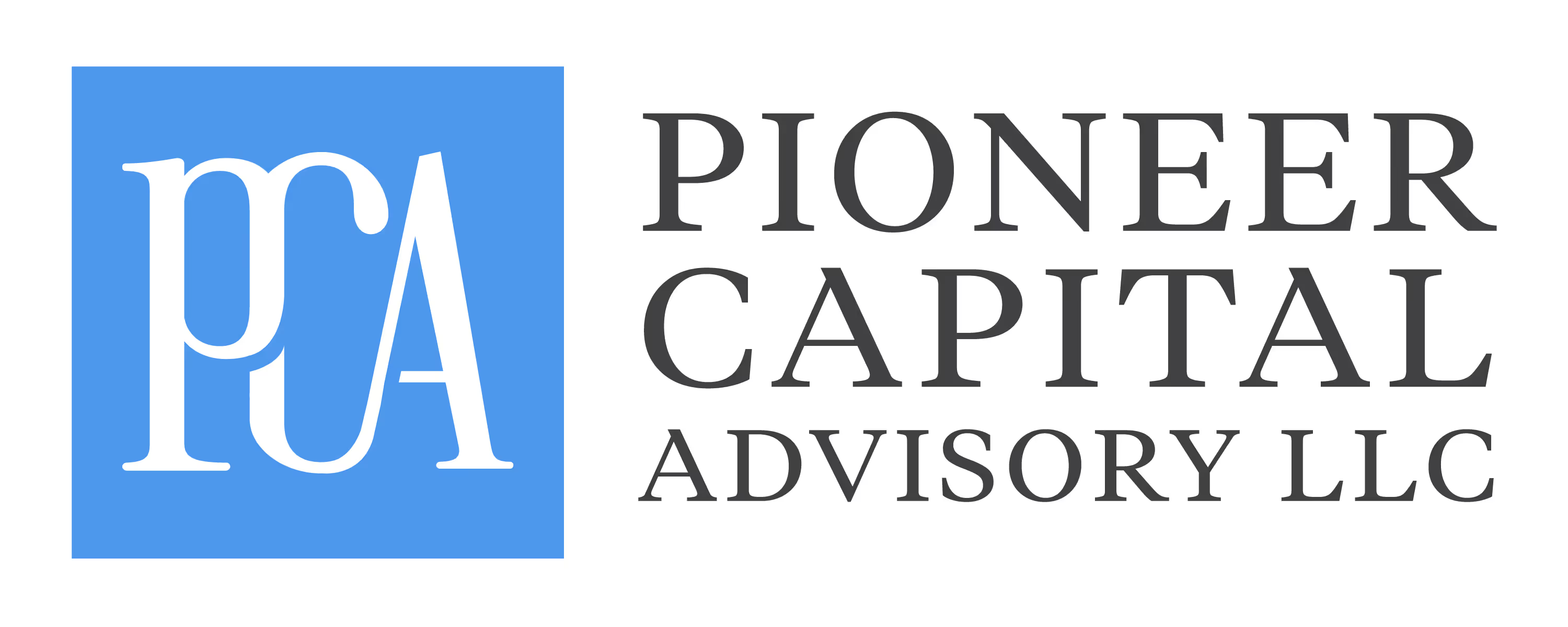


If you are acquiring your first business with an SBA 7(a) loan, you have probably wondered: “Is my deal financeable?” It is a fair question, and one that lenders take seriously.
Every year, many otherwise strong businesses struggle to secure SBA financing not because they are unprofitable, but because the deal was not structured or presented in a way that met SBA standards.
At Pioneer Capital Advisory (PCA), we help business buyers navigate that process from the Letter of Intent through closing, ensuring that deals are packaged correctly, compliant with SBA guidelines, and positioned for lender approval.
Here is what lenders typically evaluate when determining whether a business acquisition qualifies for SBA financing..
1. Cash Flow Comes First: DSCR and Debt Capacity
.jpg)
Lenders under the SBA 7(a) program focus heavily on the business’s ability to service debt, commonly measured by the Debt Service Coverage Ratio (DSCR).
A DSCR of 1.25x or higher is generally considered a safe benchmark, meaning the business generates at least 25% more cash flow than its annual debt obligations.
If the business’s historical or projected cash flow doesn’t comfortably cover the new loan payments, lenders may hesitate, even if the buyer has strong personal financials.
At PCA, we help buyers model post-acquisition DSCR scenarios, factoring in loan terms, working capital needs, and any seller notes. This step often reveals whether the deal can withstand lender scrutiny before you even approach financing partners.
Key takeaway: Cash flow is the backbone of SBA financeability. Your deal must show clear, consistent ability to repay debt under realistic projections.
2. A Compliant Deal Structure
Even a strong business can become “unfinanceable” if the deal is structured outside SBA guidelines.
Under SOP 50 10 8, eligible uses of proceeds include purchasing assets or stock of an operating business, goodwill, working capital, and certain closing costs.
Lenders will check that:
- At least 10% equity injection is contributed by the buyer (which may include personal funds or a seller note on standby),
- Seller financing is on reasonable terms, typically fully subordinated and with no payments for at least two years if counted toward equity,
- No ineligible uses (like investments, passive income assets, or refinancing unrelated debt) are included in the loan request.
PCA helps clients map sources and uses, verify eligible components, and align with lender expectations before submission.
Key takeaway: A financeable deal meets SBA’s “eligible use of proceeds” rules, has the right mix of equity and seller support, and clearly shows how every dollar is used.
3. A Buyer Who Fits the Business
Lenders evaluate not just the business, but the borrower.
Under SBA policy, buyers must demonstrate relevant management or industry experience to run the acquired business effectively. This doesn’t mean you need decades in the same industry, but you should be able to connect your professional background to the target’s operations.
Strong personal credit, clean background checks, and reasonable personal liquidity all contribute to lender comfort.
At PCA, we help first-time buyers articulate their “fit narrative,” showing why the lender should believe they can maintain and grow the business post-acquisition.
Key takeaway: Financeable deals pair a stable business with a qualified operator. Your experience and financial profile must align with the business you’re buying.
4. A Business with Verifiable Performance

Lenders rely on historical financials to confirm the business’s performance and stability. Missing or unreliable tax returns, unverified add-backs, or inconsistent accounting can derail financing.
A financeable deal typically includes:
- Three years of tax returns and interim financials showing profitability and stable revenue,
- Reasonable owner add-backs (like personal expenses or one-time costs) that can be clearly documented,
- Clean records for payroll, taxes, and vendor obligations.
PCA works with buyers to review seller-provided documents early, flag inconsistencies, and prepare a lender-ready financial summary that tells a coherent story.
Key takeaway: Lenders need clean, verifiable numbers. Transparency builds trust, and financing confidence.
5. Realistic Valuation and Purchase Price
An inflated purchase price can make even a profitable deal unfinanceable.
Lenders typically rely on independent business valuations or appraisals to ensure the loan aligns with fair market value. SBA policy allows financing goodwill and intangible assets, but the total must still be supported by the cash flow and valuation report.
If the business’s earnings can’t justify the loan amount, lenders may require additional equity or a price adjustment. PCA helps buyers stress-test valuation against lending thresholds to avoid surprises during underwriting.
Lenders must also ensure that the total SBA loan amount does not exceed the appraised value of the business. If the purchase price is higher than the valuation, buyers must cover the difference with additional equity or seller financing on full standby. This rule prevents over-leveraging and keeps SBA loans tied to verified fair market value.
Key takeaway: A financeable deal has a justified price backed by earnings, not expectations.
6. Complete Documentation and a Clear Story

SBA lenders must document every part of a loan file to maintain compliance. Missing forms, unclear narratives, or incomplete projections slow down underwriting.
A strong financing package includes:
- A concise business summary and purchase rationale,
- Three-year financial projections with assumptions,
- Personal financial statements, resumes, and tax returns,
- LOI, purchase agreement, and seller note draft (if applicable).
At PCA, we build lender-ready presentations that connect the financial data, borrower story, and deal structure into one cohesive file, making it easier for lenders to underwrite and approve quickly.
Key takeaway: The better your documentation, the faster your approval. Lenders finance clear, complete, and compliant stories.
Conclusion: Financeability Starts with Preparation
In SBA lending, the question isn’t just “Can I get approved?”, it’s “Is my deal lender-ready?”
A financeable deal is one that checks all the boxes: strong cash flow, proper structure, aligned buyer, clean records, and complete documentation.
Pioneer Capital Advisory helps business buyers make sure their deal does exactly that, guiding you from LOI to closing with clarity, compliance, and lender confidence.
New Blog Posts

